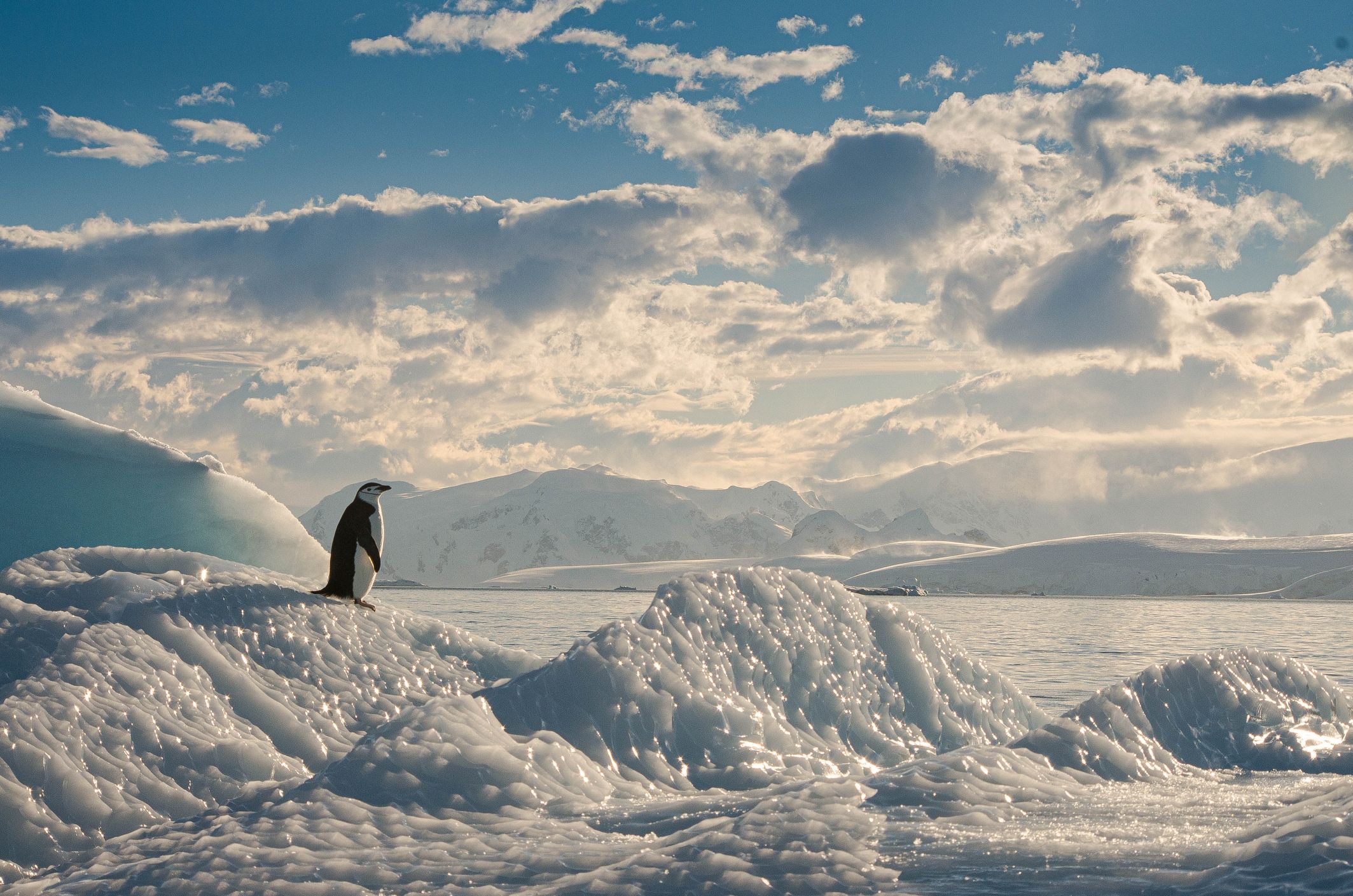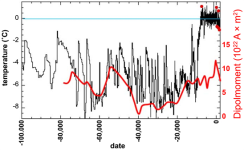Compare the comments between Washington Post and Toronto Sun...Scientists found the most intense heat wave ever recorded - in Antarctica
Temperatures in March are typically around -54C on the east coast near the Dome C. On March 18, 2022, temperatures peaked to -10C
Author of the article:Washington Post
Washington Post
Kasha Patel
Published Sep 25, 2023 • 4 minute read
Lone penguin on ice in Antarctica
Lone penguin on ice in Antarctica. Getty Images
In March 2022, temperatures near the eastern coast of Antarctica spiked 70 degrees Fahrenheit (39 degrees Celsius) above normal – making it the most intense recorded heat wave to occur anywhere on Earth, according to a recent study. At the time, researchers on-site were wearing shorts and some even removed their shirts to bask in the (relative) warmth. Scientists elsewhere said such a high in that region of the world was unthinkable.
“It was just very apparent that it was a remarkable event,” said Edward Blanchard-Wrigglesworth, author of the study. “We found that temperature anomaly, the 39-degree temperature anomaly, that’s the largest anywhere ever measured anywhere in the world.”
Temperatures in March, marking a change into autumn on the continent, are typically around minus-54 degrees Celsius on the east coast near the Dome C. On March 18, 2022, temperatures peaked to minus-10 degrees Celsius. That’s warmer than even the hottest temperature recorded during the summer months in that region – “that in itself is pretty unbelievable,” said Blanchard-Wrigglesworth, an atmospheric scientist at the University of Washington.
In the new research, Blanchard-Wrigglesworth and his colleagues investigated how and why such an unimaginable heat wave could have occurred, especially at a time of the year when there is less sunlight. They found the extreme heat is largely part of Antarctica’s natural variability, though the warming climate did have some effect.
The seeds for the heat wave, Blanchard-Wrigglesworth said, began with unusual winds. Typically, winds blow from west to east around Antarctica and help isolate the continent from warmer regions farther north, allowing it to stay cold. But just as occurs with heat waves in the United States, the winds meandered and allowed a warm mass of air from southern Australia to move to East Antarctica in just four days – “probably the first time that at least it’s happened that fast,” Blanchard-Wrigglesworth said.
The northerly winds also brought a lot of moisture, bringing significant snow, rain and melting on the eastern coast of the ice sheet.
At the same time, Antarctica was experiencing its lowest sea ice on record, though the team said their work suggests that did not appear to influence the heat wave.
Big swings in weather aren’t completely out of the ordinary in the polar regions, the study found. In an analysis of global weather station data and computer simulations, the team found the largest temperature changes from normal occur at high latitudes. Places like Europe or the United States’ Lower 48 never experience such anomalous heat waves.
There’s a basic reason the largest anomalies happen at these high latitudes, Blanchard-Wrigglesworth said – there’s more cold air to remove near the ground. Typically, air becomes colder higher in the atmosphere. But some places – like at high latitudes with a lot of snow and ice – have colder air near the ground and warmer air above it, called an inversion layer. In these spots, a warm air mass can swoop in to displace the cold air and create warm weather. These warm events often happen during or around winter, when the inversion layers are the strongest.
“That’s what we saw for the Antarctic heat wave,” Blanchard-Wrigglesworth said. “These events sort of erode that inversion, you get rid of it.”
Meteorologist Jonathan Wille, who was not involved in the study, said he’s not surprised that this Antarctic heat wave registered as the largest observed temperature anomaly anywhere. After all, the Antarctic Plateau has some of the highest temperature variability in the world.
The complete role of climate change is still under investigation, although the new study asserts that the warmer atmosphere didn’t play a large role boosting temperatures. The team ran a suite of computer models running scenarios that included increased greenhouse gas emissions vs. a world that did not. They found climate change only increased the heat wave by 2 degrees Celsius. By the end of the century, climate change could boost such a heat wave by an additional 5 to 6 degrees Celsius.
“A 2C boost for a heatwave that was 39C above average means that this heat wave would have been record shattering without the climate change signal,” Wille, a researcher at ETH Zurich, wrote in an email.
But climate change could have had another effect the models didn’t test, such as the effect on the anomalous winds that brought the warm air mass to the continent in the first place. Wille said unusual tropical downpours in the weeks beforehand created an atmospheric circulation pattern that was never observed before – leading to the extreme heat.
“It’s possible that climate change influenced the atmospheric dynamics like the tropical convection anomalies that led to the heat wave, but this is very difficult to quantify these things,” Wille said.
Blanchard-Wrigglesworth said more heat waves like this in Antarctica in a warmer world could have dire effects on the ice sheet.
“If you add another five or six degrees on top of that, you’re starting to get close to the melting point,” Blanchard-Wrigglesworth said. If these events were to become more common in 50 or even 100 years, “this kind of event might trigger some impacts that maybe we didn’t have on our radar.”
View attachment 19445

Scientists found the most intense heat wave ever recorded - in Antarctica
Temperatures in March are typically around -54C on the east coast near the Dome C. On March 18, 2022, temperatures peaked to -10Ctorontosun.com
Who is editing or using staff to comment?
Sun or WP?







